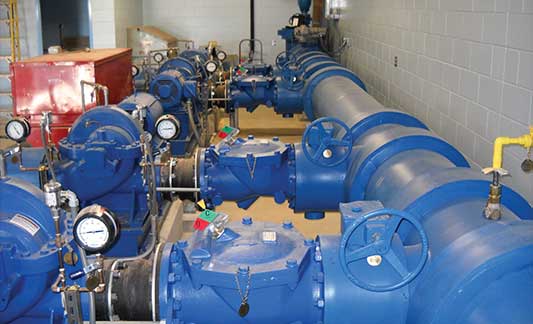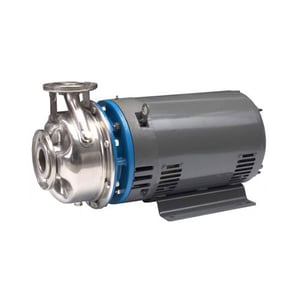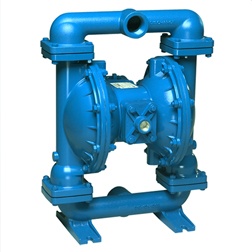
 Shutdowns for unplanned issues or even planned maintenance can put a dent in your operations. It's likely that you will need to inspect your equipment after a shutdown to ensure everything is running smoothly.
Shutdowns for unplanned issues or even planned maintenance can put a dent in your operations. It's likely that you will need to inspect your equipment after a shutdown to ensure everything is running smoothly.
Before diving into these steps, remember to check your parts kit inventory. As pumps are prepped for restart, it’s highly possible maintenance teams will find parts that need replacing, or a pump could fail during start-up. Check to make sure you have enough parts on hand to complete work during inspections.
After long periods of shut down, it is essential the proper attention be given to pumping equipment to continue providing reliable fluid transfer. Following these steps will ensure a problem-free restart.
According to Crane’s Service Manager, the most important thing to check first on positive displacement and centrifugal pumps is that the pump still spins freely. It’s possible the pump could contain solidified product or have mechanical issues from sitting idle.
To check this, lockout the pump, remove the coupling guard and turn the shaft. Listen for rubbing sounds. Most centrifugal pumps should turn by hand. If the pump doesn’t turn, don’t force it. Instead, take it apart and inspect.
On large pumps or positive displacement pumps, the shaft may be difficult to spin. Do not use a pipe wrench to assist. Using a pipe wrench will damage the shaft and could cause additional damage to other components. A strap wrench will suffice if necessary on a large centrifugal pump or positive displacement pump.
Since the coupling guard is off, now is a good time to check the condition of the coupling. Look for evidence of wear. This could include rubber dust or plastic chunks under the coupling. This is evidence of misalignment; the pump should be re-aligned before re-starting.
Inspect the mechanical seal for leakage. If there is flush water to the mechanical seal, make sure it’s turned on.
All pumps and drivers (electric motors, turbines, gears, etc.) must be properly lubricated. Check the IOM for proper lubrication tips for each specific pump.
Ensure suction valves are open and liquid is at the pump. Discharge valves should be 10-15% of full open.
Now that the suction valve is open, liquid should fill the pump and prime it.
Now that the pump is almost ready, do a final check of the base to ensure that mounting bolts are tight. There should be no soft feet on the pump or motor.
Baseplate pads should be level to within .002” per foot and the maximum out of level from one end to the other should not exceed 1/32”.
After the pumps are started, verify that they run smoothly with no unusual noise, vibration, or overheating of bearings.
Air-operated diaphragm pumps require attention to both the pump itself as well as the air system.

Taking the time to prep pumping equipment before start-up ensures the pumps are ready, and you are too!
Need help getting pumps back after a shutdown? Ask us about it! We provide start-up services to businesses and municipalities in Wisconsin, Minnesota, Iowa, and upper Michigan.
These Stories on Equipment Maintenance
Headquarters and Service Center
Located outside Green Bay, WI
707 Ford Street
Kimberly, WI 54136
920-733-4425
OptiFlow Design and Build Center
1002 Truman Street
Kimberly, WI 54136
920-733-4425
Burnsville Service Center
12265 Nicollet Avenue
Burnsville, MN 55337
952-444-1949
Grand Rapids Service Center
26489 Industrial Blvd
Cohasset, MN 55721
952-444-1949
© Copyright 2024. Crane Engineering. All Rights Reserved. Privacy Policy.